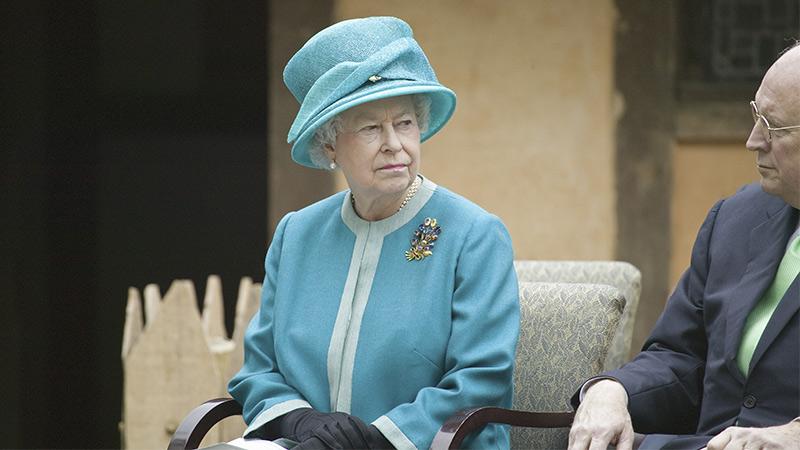Following the passing of Her Majesty The Queen, Dr Daniel Conway, Senior Lecturer in Politics and International Relations at the University of Westminster, was quoted in inews and The New York Times regarding the political and cultural influence of the late Queen’s wardrobe.

According to the inews article, she used her outfits to send diplomatic messages to the world, while also maintaining the stability of her image. The Queen followed a more traditional and elegant style of fashion and still managed to stand out from the crowd.
For royal tours in her younger years, she would cooperate with a team of designers and dressers, to work national colours and symbols into her outfits. While tracing the history of The Queen’s dresses worn on state occasions, Dr Conway has noticed that greens and yellows were often worn to African and Caribbean countries, because these colours symbolise African nationalism and are incorporated in many African and Caribbean nations’ flags.
“Very ornate and glamorous evening gowns were worn to France and national flowers of other states were sewn onto the fabric of many evening gowns. The Queen’s jewellery had colonial and also diplomatic significance – sometimes given as a gift and then worn whenever the Queen revisited the country,” said Dr Conway.
According to The New York Times, her strategic wardrobing began in 1953 with her coronation gown, an ivory satin style embroidered with flowers from England, Scotland, Welsh, Ireland, Canada, New Zealand, Pakistan, Australia and South Africa, starting decades of diplomatic symbolism. Dr Conway suggests that this symbolism had become a key part of “British foreign policy.”
Read the full articles on the inews and The New York Times website.


